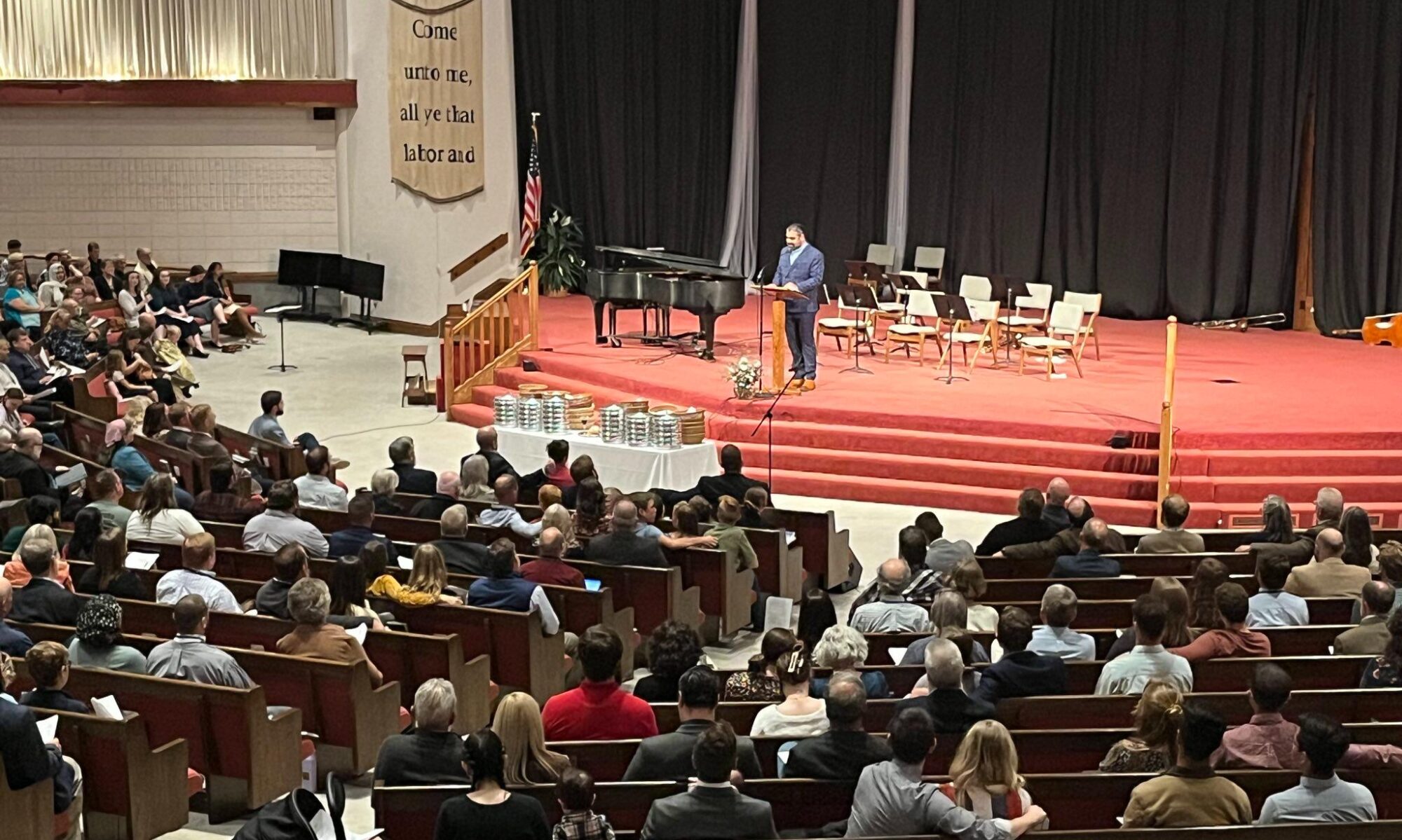Peter Leithart writes:
Muir again: “Images . . . ate up pious resources that could better be spent in assisting the poor, whom Zwingli described as the true ‘image’ of God. The hope of reformers such as Zwingli was that the assets devoted to paying for religious images, endowing perpetual masses, and supplying the ritual props of the liturgy could be transformed into ‘food of the poor.’ The true pious work of the Christian shifted from fulfilling certain ritual duties to fulfilling charitable obligations. Iconoclastic reformers destroyed oil lamps that required continual feeding, forbade expensive candles, and removed crucifixes to sell the wood as lumber, the proceeds from which became alms for the poor. Rather than the consequence of an irrational destructive urge, iconoclasm can be seen as part of a vast social project that reoriented Christian work toward solving the practical problems of the community. Charity became the pious alternative for image veneration.”
Up with iconoclasm! And, while we’re at it, kudos to Zwingli!
And Calvin too, whom Muir quotes to this effect:
“When I ponder the intended use of churches, somehow or other it seems to me unworthy of their holiness for them to take on images other than those that are living and iconic, which the Lord has consecrated by his Word. I mean Baptism and the Lord’s Supper, together with other ceremonies by which our eyes must be too intensely gripped and too sharply affected to seek other images forged by human ingenuity.”
Muir says that Calvin “wanted Christians to look at one another during church services rather than at alluring images.”
I reserve a cheer from Calvin, for two reasons: First, because he goes too far in excluding visual beauty altogether; second, because he unfortunately has subsumed sacramental actions under the heading of “visible words,” icons to be seen rather than acts to be done. Still, his main point is exactly right: The living, active images are the main ones, the ones for whom and for which churches are built.


